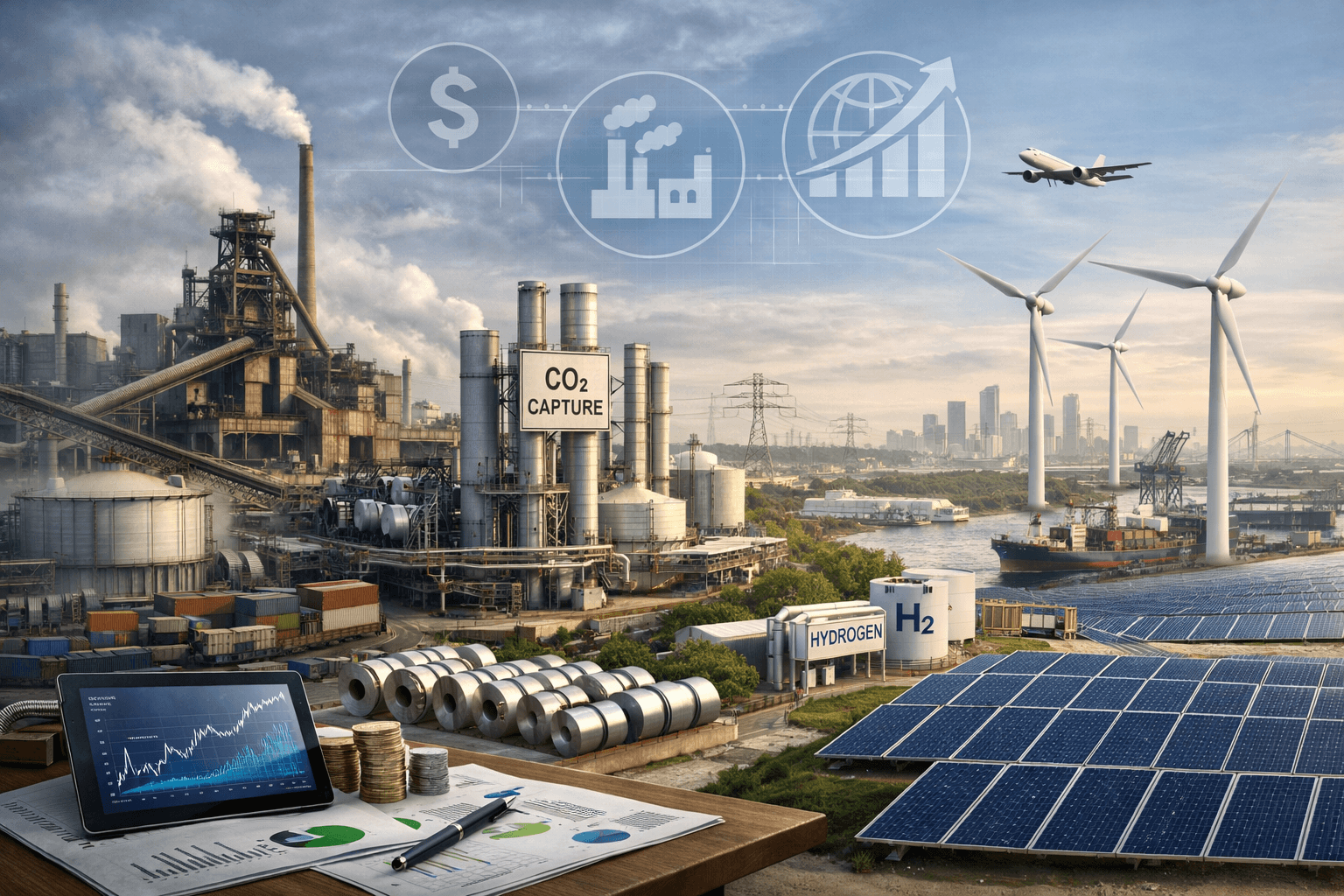Blog
A Methadone Plan For The World’s Hydrocarbon Addiction
Wal van Lierop
Dec 3, 2018
On October 8, the Intergovernmental Panel on Climate Change (IPCC) made a daunting announcement: humanity is on track to cause irreversible damage to its natural habitat. We have just 12 years to reduce carbon emissions by 45% and until 2050 to hit “net zero.” If we fail, we might be able to rein in climate change with carbon capture technologies. However, we will not be able to reverse the permanent loss of fragile, life-sustaining ecosystems.
So, what is a realistic plan to kick our addiction to hydrocarbons?
Today, I introduce the Methadone Plan, a response to climate change modeled on opioid addiction treatment. Methadone is a synthetic opioid prescribed to treat pain and ween addicts off potent opioids like heroin. Although methadone spares addicts from severe withdrawal systems, it can be addictive. When doctors prescribe methadone to treat addiction, it’s called “replacement therapy.” Natural gas is a replacement therapy for our hydrocarbon addiction.
The state of our addiction
Based on an analysis of 6,000 studies, the IPCC’s 91 authors concluded that human civilization has caused 1.0°C (1.8°F) of global warming above preindustrial levels. The 2016 Paris Agreement called upon signatories to limit global warming to 2°C. The IPCC now believes that 2°C is too much. Halting warming at 1.5°C would mitigate the worst impacts of climate change.
0.5°C is the difference between wiping out most of our coral reefs or all of them. It’s the difference between exposing an extra 10 million people to rising sea levels this century. It’s the difference between having more devastating hurricanes, forest fires, droughts and extinctions.
For three years in a row, western North America has seen horrendous forest fires. The largest almost go unnoticed in British Columbia, while the deadliest ravage California. With the permafrost melting rapidly in northern Canada, it is only a matter of time before a lightning strike hits the peat, goes underground and burns for years.
A new report issued by 13 US federal agencies predicts that if climate change continues unchecked, it will eliminate 10% of US GDP by the end of the century. Crop yields could fall to 1980s levels by 2050.
When will people hit the panic button?
The methadone of fossil fuels
As I’ve written previously, clean energy costs are falling and sustainable innovation is accelerating. Even so, the global use of hydrocarbons increases every year. Replacing fossil fuels with renewable energy in the next 12 years is unrealistic.
As an early-stage venture capitalist, I view 12 years as one investment cycle. A lot can be done in such a short timeframe. After all, the iPhone is only 12 years old. But fundamentally changing the world’s energy infrastructure is a challenge of a different scale. If we are serious about limiting the existential threats of climate change, we better start with what can be done realistically in the next 12 years.
In the past decade, the US has reduced its CO2 emissions significantly by switching many coal-fired powerplants to natural gas. Although natural gas is still a hydrocarbon, it has 50% less CO2 content than coal (assuming there’s no methane leakage, a recurring but surmountable problem in the natural gas supply chain).
Thus, natural gas is like methadone. It’s safer than other hydrocarbons, but abusing it is still dangerous and it is not a long-term solution to climate change.
Natural gas is our most realistic option for coming close to the IPCC’s 2030 challenge. It would need to replace coal and oil in China and India and be complemented with energy companies practicing aggressive carbon capture “at source.” Meanwhile, we’d need to continue rolling out clean technologies that can shake our addiction once and for all.
Buying time for the Moonshots we need
The Methadone Plan is a bridge between two possible outcomes for the earth and humanity. The current investment activity in clean energy is just enough to fail. Installments of solar and wind power, energy efficiency, batteries, electric vehicles, etc. will not keep us below the 1.5° or even 2° temperature increases we need to avoid. Not by a long shot.
Our second possible outcome hinges on “Moonshots.” These include CO2 direct air capture, new forms of energy storage, high-voltage DC powerlines, hydrogen power and intelligent “Industry 4.0” systems to improve energy efficiency. There is also nuclear fusion, the Holy Grail of clean energy, and possibly other step-change energy technologies we haven’t heard of yet. These all will take more than 12 years to roll out at scale.
Our priority should however be to limit global warming to 1.5°C without subjecting ourselves to “cold turkey” carbon withdrawal. The shock damage to economies would undermine our ability to pursue long-term solutions to climate change.
Let’s accept that we are hooked on fossil fuels and try the Methadone Plan for the next 12 years. Let’s aggressively decrease our use of coal and oil but increase natural gas and cleantech investments to mitigate climate change. Let’s buy time to work hard on the Moonshots that could kick our hydrocarbon addiction forever and give humanity hope for the future.


